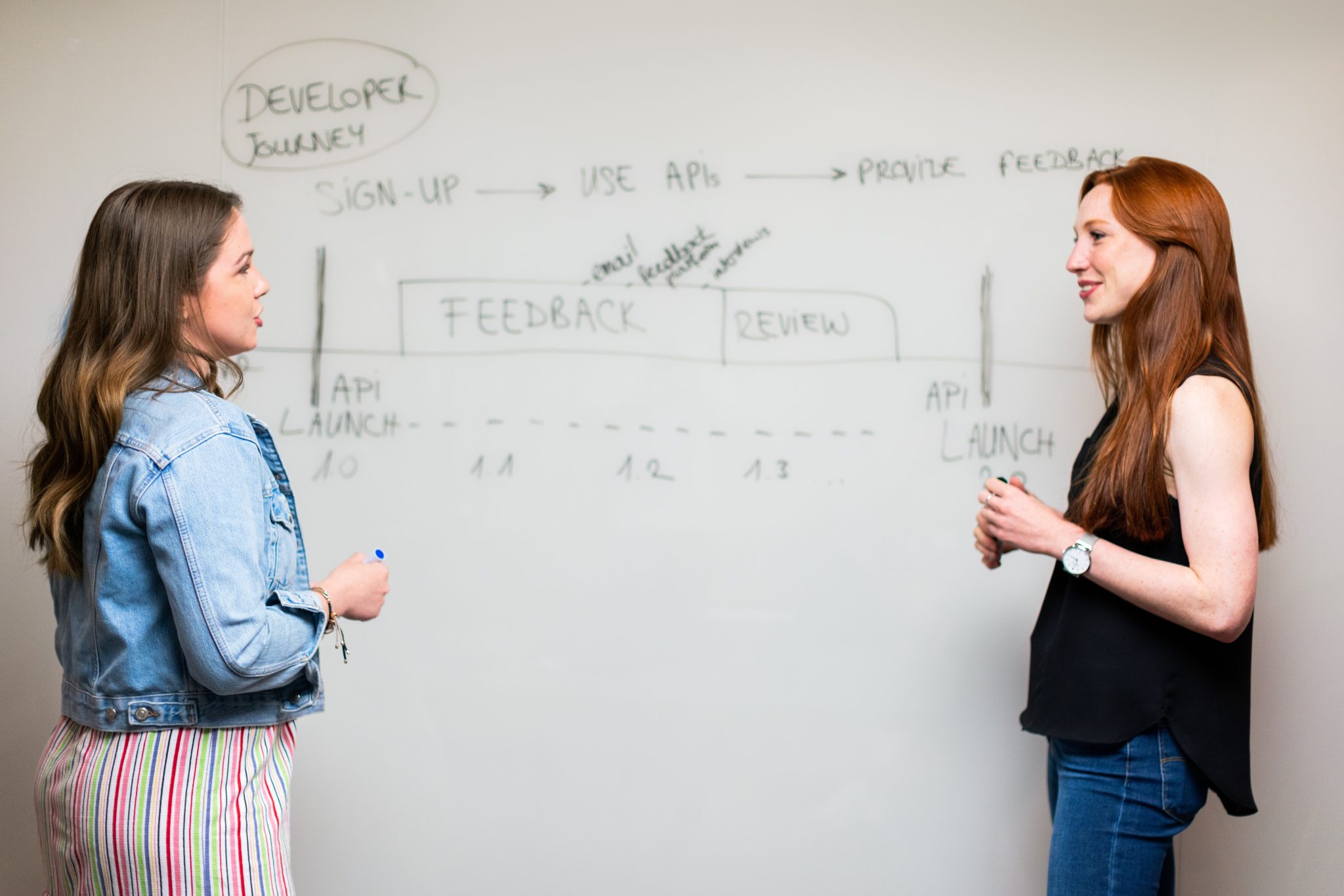
In the modern age of constant change and evolution, quick adaptations to meet new needs are required more than ever before. Teamwork, transparency, commitment, empathy, and adaptation have emerged as the keywords of this new industrial revolution, and this era.Under this framework, Agile Methodologies take center stage, being used in various ways in diverse organizations as a way to quickly respond to new problems and complexities.Despite the fact that Agile Methodologies seem to be a trend of the modern era, it is important to reflect on their importance, usefulness, and genesis.
Agile Manifesto: A Shift In Mentality
The Agile Methodologies were outlined in February 2001 in “The Lodge at Snowbird” ski resort in the Wasatch Mountains of Utah. The origin story of The Agile Methodologies is told in “The Agile Manifesto”, where the way in which a group of 17 highly regarded software-industry experts met with the objective of defining a method that would improve the chaotic process of software development is detailed.Among this group, some of the forebearers of methodologies and good practices that were already in use around the world, such as Extreme Programming, SCRUM, DSDM, Adaptive Software Development, Crystal, Feature-Driven Development, Pragmatic Programming (see authors) who are all recognized today in The Agile Community, were present .It is important to note that “Agile”, a term widely used today, had not been used in this context in formal conversation before this point. During the Utah meeting, words such as “light” were used to refer to development practices.However, as described in the history of The Manifesto, several of the participants did not agree with the description of “light processes” because they believed it could infer some form of weakness.After each shared their experiences, they concluded that people and their relationships were more valuable than processes and tools. They even determined that prototypes and finished products, services, or processes were more relevant than lengthy documentation.In addition, at the same time they determined that collaboration with clients, other business areas, or partners was more significant than contracts and renegotiation.
But above all, they came to the conclusion that responding to change is more important than persevering with an outdated plan.
These conclusions were reflected in 4 values and 12 principles that are considered the conceptual pillars of what is now known as Agility.
The Agile Manifesto: 4 Values and 12 Principles
In The Agile Manifesto, which is made up of 4 values and 12 principles, the authors state that:
“We are discovering better ways to develop software, both through our own experience and by helping others.” (2001)
Values:
Through this work we have learned to value:
- Individual interactions over processes and tools
- Functional software over extensive documentation
- Collaboration with the client over contractual negotiation
- Reacting to change over following a plan
“What this means is that although we value the elements on the right, we value those on the left more.”
Principles:
The manifesto highlights 12 principles
- Our highest priority is to satisfy the customer through the early and continuous delivery of valuable software.
- We accept that requirements change, even late in development. Agile processes take advantage of changes to provide the client with competitive advantages.
- We deliver functional software frequently, at stages of between two weeks and two months, preferably in the shortest time period possible.
- Business managers and developers work together on a daily basis throughout the project.
- Projects are developed around motivated individuals. You have to give them the environment and support they need and entrust them to execution of the work.
- The most efficient and effective method of communicating information to the development team and amongst its members is through face-to-face conversation.
- Functioning software is the main indicator of progress.
- Agile processes promote sustainable development. Promoters, developers, and users must be able to maintain a constant rhythm indefinitely.
- Continuous attention to technical excellence and good design improves Agility.
- Simplicity, or the art of maximizing the amount of work not done, is essential.
- The best architectures, requirements, and designs emerge from self-organizing teams.
- At regular intervals, the team reflects on how to be more effective and then adapt and refine their behavior accordingly.
Agile Manifesto: Personal Experience
The principles can be summarized thusly: from the point of view of agility it is important to add value,
in that sense that we should ask ourselves what value what we are doing adds, and if it does not add value, we should stop doing it.Changes are not only appreciated but “embraced”, they must be accepted- we must understand that if we are changing something it is because this change will lead us to a better position, an improvement, so the change benefits us.Although it is often difficult to understand changes, leading us to resist them, we must try to perceive them, visualize them, review them, and analyze them from the point of view that surely, at least from the understanding and context that we have in that moment, that change can be beneficial to us. The rate of the delivery of value is important
– we must always strive for the shortest possible time between these deliveries. Prolonged collaboration between parties is essential,
and by “parties” we refer to business and development; strategy and operation. Frequent contact between these parties facilitates the understanding of what needs to be done.Motivation is an important factor, we must permanently monitor the motivation of those involved, and if necessary, it is upon us to inspire it. In our experience, some aspects that improve motivation are participation in decision making, providing challenging projects or frequent challenges (whether that challenge be technical, personal, etc.), showing confidence, fostering creativity, accepting that mistakes happen, and recognizing success.In the age of virtual work and remote connectivity, a way to “fulfill” “face-to-face conversation” is to simply turn the camera on for virtual calls, which is useful, but this principle refers more to avoiding communication using impersonal tools eg. email, or documents that are passed around, etc). Teams must be able to self-organize in order to do the things that need to be done. The self-organization of the team speaks to “how” that team decides to work. In order for this to happen, the team needs to have the required skills and knowledge, and in turn, the organization must provide the necessary elements in a timely manner so that the team has those skills and knowledge (through training and capacitation). It is critical that the team reflect on the way it has operated. Through this reflection arises the improvement to the process that the team defines as necessary to implement, wants to implement, and commits to implementing.Often when we use a so-called Agile tool or framework we are not necessarily being Agile.When there are doubts about whether what we are doing is Agile or not we must review the Agile values and principles. We need to analyze how aligned what we are doing, or the tool or process we are using, is with them. We can be Agile by adhering to the simplicity of the 4 values and clarity the 12 principles of The Agile Manifesto.

About the Author
José Meyer is a talented Project Manager and very experienced in working with teams of diverse sizes and backgrounds. He has excellent planning and communication skills, and specializes in Agile Methodologies. José is a strong leader with a great work ethic.


